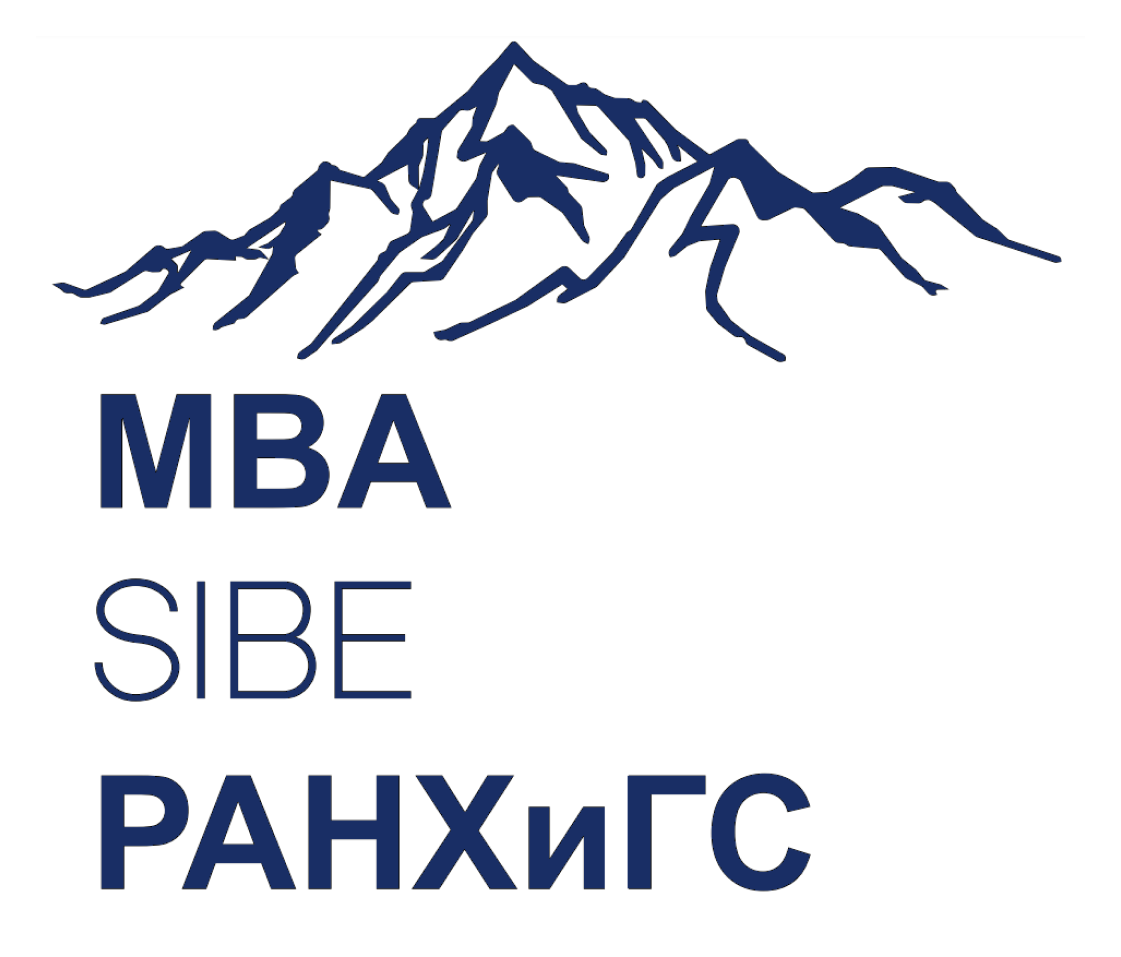“Science is here” reads the inscription on the T-shirts and sweatshirts of students and professors of the Skolkovo Institute of Science and Technology, with whom the staff of the RANEPA Institute of Social Sciences had a chance to talk during a visit to Skoltech. The visit was organized in November 2022 as part of the MBA program module dedicated to the study of educational technologies for the development of creativity, innovative and entrepreneurial thinking.
Each of the participants of the visit had their own idea of the Skolkovo Innovation Center, its structure and tasks. The representation is often fragmentary, having a distant relation to reality. What is the role of the Skolkovo Institute of Science and Technology in the innovation center? What does the Institute look like today, which was created as "University 3.0" in order to stop brain drain and create comfortable modern conditions for scientists to work in Russia?
What we saw struck us: a modern building built taking into account the most complex needs of scientific and educational work, plastic fluid space, sliding partitions and movable ceilings of laboratories. But the biggest impression was made by people: enthusiastic, with burning eyes, real scientists who can talk for hours about 3-D printing of ceramic products and the difficulties with their shrinkage, about composite materials from which you can "make anything from an oil pipe to an oxygen cylinder." And no less enthusiastic employees who passionately talked about the Institute, about the people who are the most important asset of Skoltech, the organization of work with students and with industry.
In 10 years, Skoltech has gone from a startup to a "young" university (a university that is less than 50 years old is considered young), today Skoltech has master's and postgraduate programs, and a bachelor's degree will be opened soon, 140 professors and 200-350 researchers work at the Institute, often in project groups. Education is only one of the pillars of Skoltech, another important task is to become a bridge between science and business. This task is solved by 10 scientific and 4 design centers of the Institute. During the visit, the MBA ION RANEPA group visited several such research centers:
- Project Center for Wireless Technologies of the Future and the Internet of Things
- Materials Technology Center
- The Center for Energy and Technology,

At the start, the ambitious project to create a forge of innovations, which Skoltech was intended to become, was fully funded by the state. Now, after 10 years, the proportion has changed: the Institute receives 60% of funding from the state, and earns 40% itself through targeted grants and corporate project tasks. Special organizational solutions contribute to the maintenance of project work – scientists themselves often feel awkward in "selling" science for money, therefore, the Department for Work with Industry and the Project Office are entrusted with building bridges with business – separate structures where experienced managers work, who speak the same language with business and help scientists commercialize developments.
Natalia Kosmodemyanskaya, head of the Project Office, noted that a special task for the research institute is not to lock in today, in what is relevant and in demand by business today, but to have a foundation for the future: "The Institute's portfolio should have a balance of fundamental and applied research. If everyone is talking about 5G and AI today, Skoltech is investing in 6G and genomic research."

Another important part of Skoltech's work is the development of entrepreneurial thinking among future scientists and innovators. "Innovation and Entrepreneurship" is a mandatory course and end–to-end competence at Skoltech," says Professor Dmitry Kulish, "project courses that only those who wish come to, create a sectarian atmosphere. We teach innovation seriously: from games of innovation immediately after admission to the Institute to the inspiration of scientific creativity."
What is innovation according to Skoltech? This is the definition we heard: "Innovation is the solution of other people's problems with the help of a complex patented technology validated in a scientific experiment with an economically feasible prototype"!
Entrepreneurship education is not an easy task. Strong students, as it turned out, often do not see the point of taking risks in creating a startup, because there is already a queue behind them. Therefore, the driving force of innovative and entrepreneurial thinking, according to Professor Dmitry Kulish, is always Love and Freedom (love for your work, freedom of action and decision–making - everyone has their own shade and interpretation of these words).
The formula of innovative and entrepreneurial thinking adopted at Skoltech:
The driving force of innovation is Love and Freedom,
Science is a tool, and
Money is a consequence
and not vice versa. Only then do innovations happen!
The driving force of innovation is Love and Freedom,
Science is a tool, and
Money is a consequence
and not vice versa. Only then do innovations happen!

Our visit, which lasted for a whole day, was held in one breath with enthusiasm and full interest of the participants. We thank Elena Kosacheva, Head of the HR Department of the Skolkovo Institute of Science and Technology, HR and PR departments, heads of the Department for Work with Industry, the Project Office, as well as the Department of Entrepreneurship and Innovation and employees of research centers, for organizing the visit. We sincerely wish you success, love for your work, freedom of creativity, and then, as we found out, real innovations happen!





